Fortescue has announced that construction is now underway on a 190 MW solar farm being built near its Cloudbreak mine site in Western Australia’s Pilbara as the company works to stop burning fossil fuels across its Australian iron ore operations by the decade’s end.
Fortescue is proposing to reach “real zero” at its mining operations which means burning no diesel or gas by 2030. The company’s decarbonisation strategy involves establishing and commissioning a number of solar and wind farms, transmission infrastructure, substations and battery installations to cater for the energy needs of its operations.
“The aim is to transition Fortescue from using diesel power and gas to renewable energy by 2030. To achieve the 2030 target of real zero, a total capacity of 1,500 MW of solar PV generation is required,” it said.
It is expected the 190 MW Cloudbreak plant, which is scheduled to commence operations in 2027, will reduce Fortescue’s annual diesel consumption by about 125 million litres.
The start of construction at the site comes just weeks after Fortescue lodged plans with Western Australia’s Environmental Protection Authority for the 644 MW Turner River Solar Hub south of Port Hedland and follows the commissioning of a 100 MW solar farm at North Star Junction near the Iron Bridge mine site last year.
Fortescue also sources solar power from the 60 MW Chichester Solar Farm built by Alinta and now owned by APA.
The company has also signed multiple multimillion-dollar contracts for electric equipment, including a new $350 million deal with Swedish manufacturer Epiroc for electric drilling rigs.
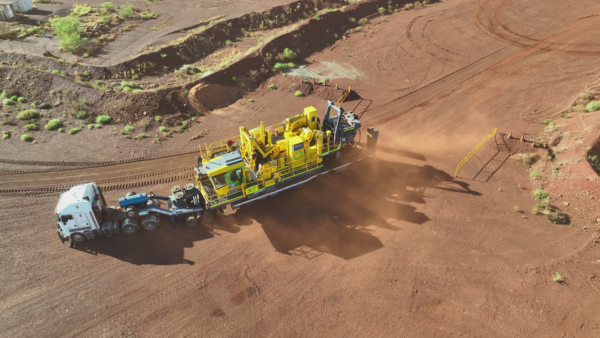
Image: Fortescue
Under the new deal, Fortescue will purchase more than 50 autonomous electric drilling rigs to replace ageing diesel-powered equipment. Once operational, the electric fleet is expected eliminate about 35 million litres of diesel consumption annually.
Fortescue Metals Chief Executive Officer Dino Otranto said the deployment of the new electric drills will start immediately with the first of the drills set to be put into action at the Solomon mine in the coming days having arrived at the site earlier this month.
“To decarbonise, we’re aiming to swap out around 800 pieces of heavy mining equipment with zero emissions alternatives by the end of the decade, as well as deploy 2-3 GW of renewable energy and battery storage across the Pilbara,” Otranto said.
This content is protected by copyright and may not be reused. If you want to cooperate with us and would like to reuse some of our content, please contact: editors@pv-magazine.com.
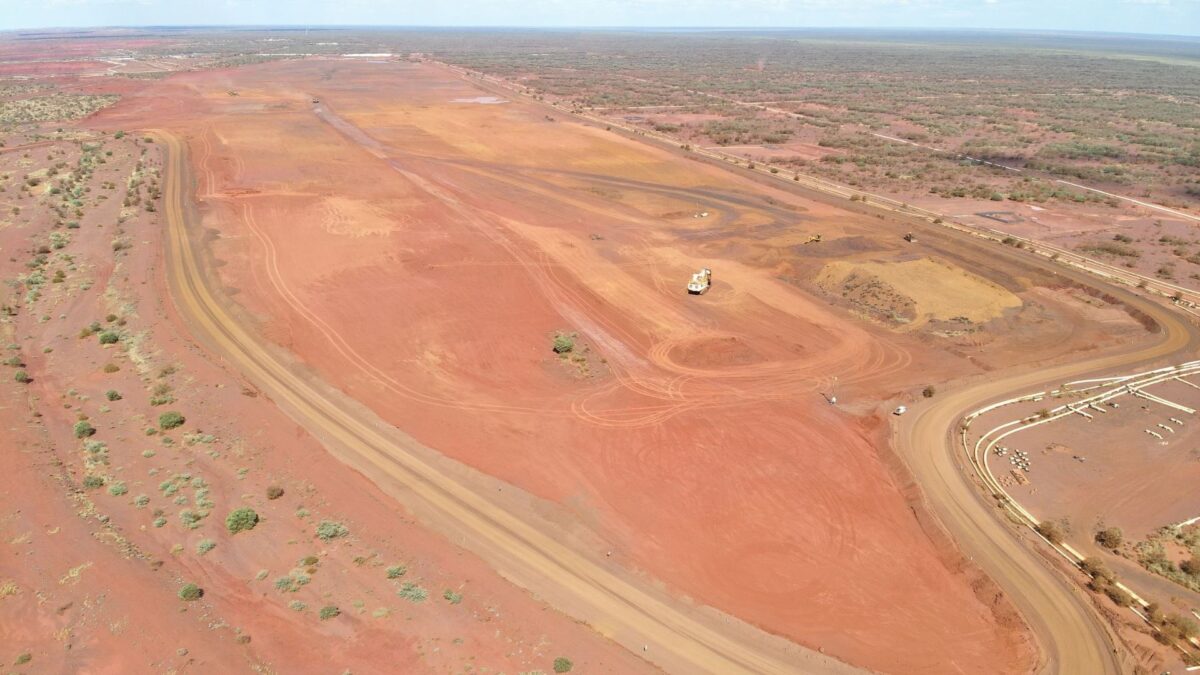
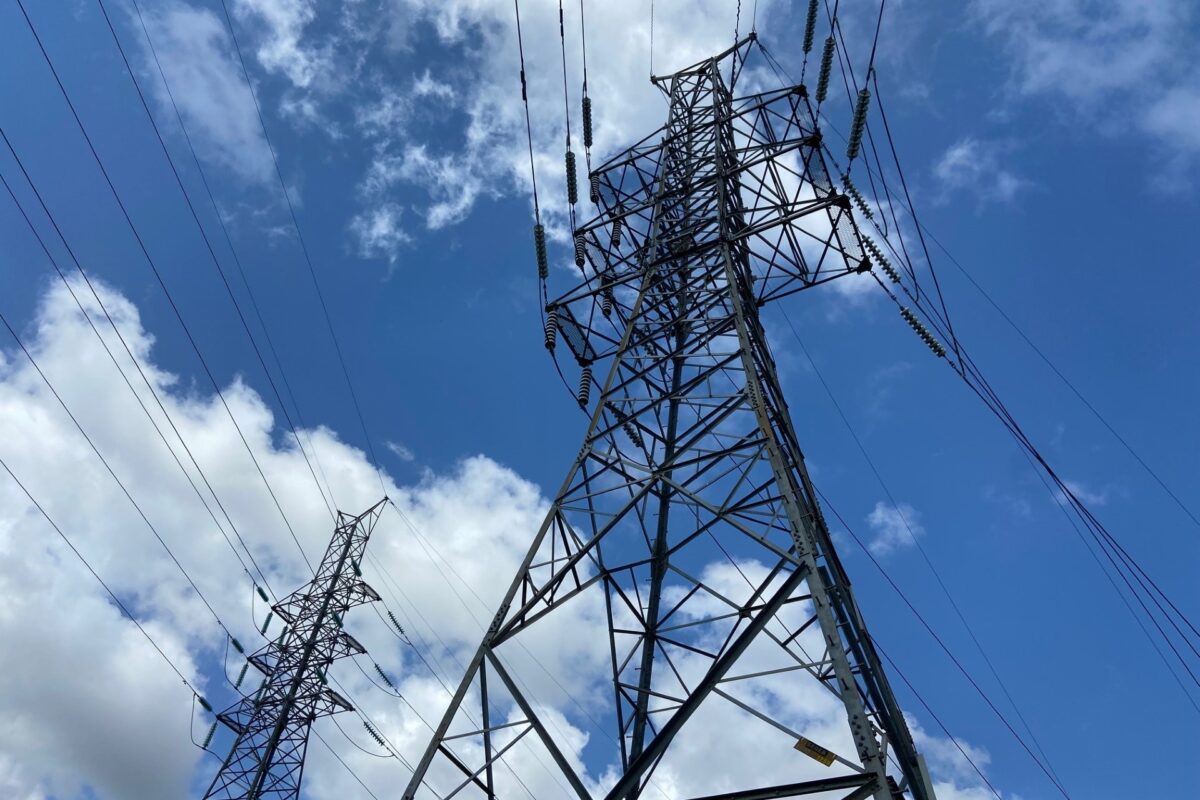


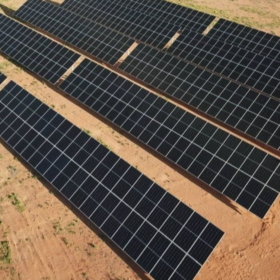
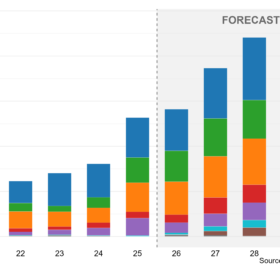
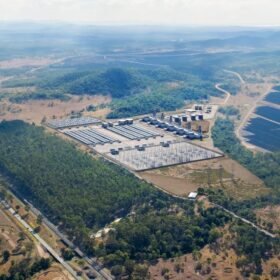
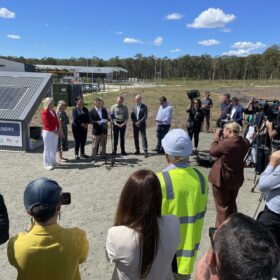
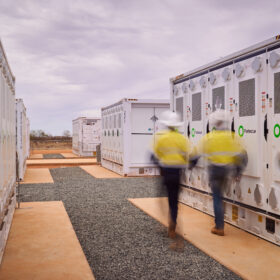
By submitting this form you agree to pv magazine using your data for the purposes of publishing your comment.
Your personal data will only be disclosed or otherwise transmitted to third parties for the purposes of spam filtering or if this is necessary for technical maintenance of the website. Any other transfer to third parties will not take place unless this is justified on the basis of applicable data protection regulations or if pv magazine is legally obliged to do so.
You may revoke this consent at any time with effect for the future, in which case your personal data will be deleted immediately. Otherwise, your data will be deleted if pv magazine has processed your request or the purpose of data storage is fulfilled.
Further information on data privacy can be found in our Data Protection Policy.